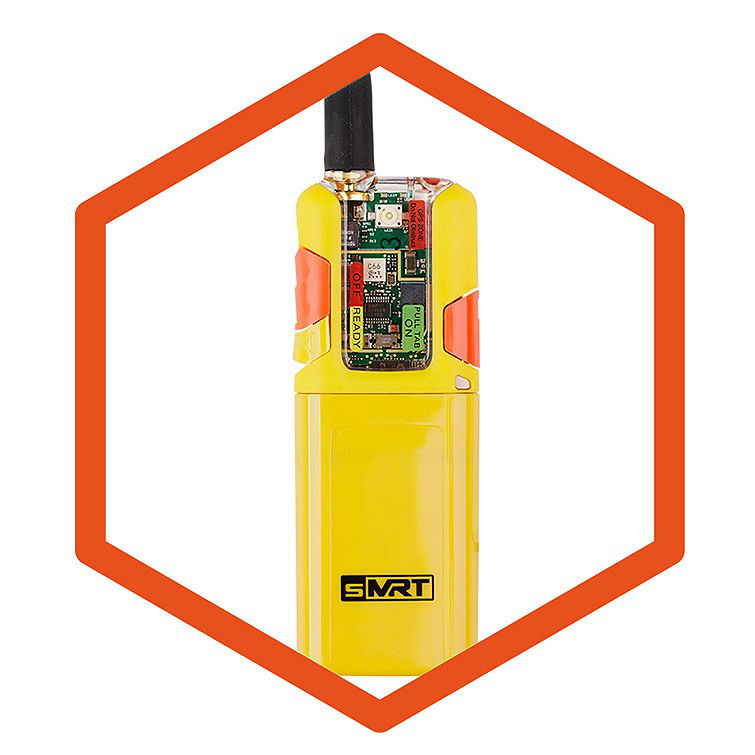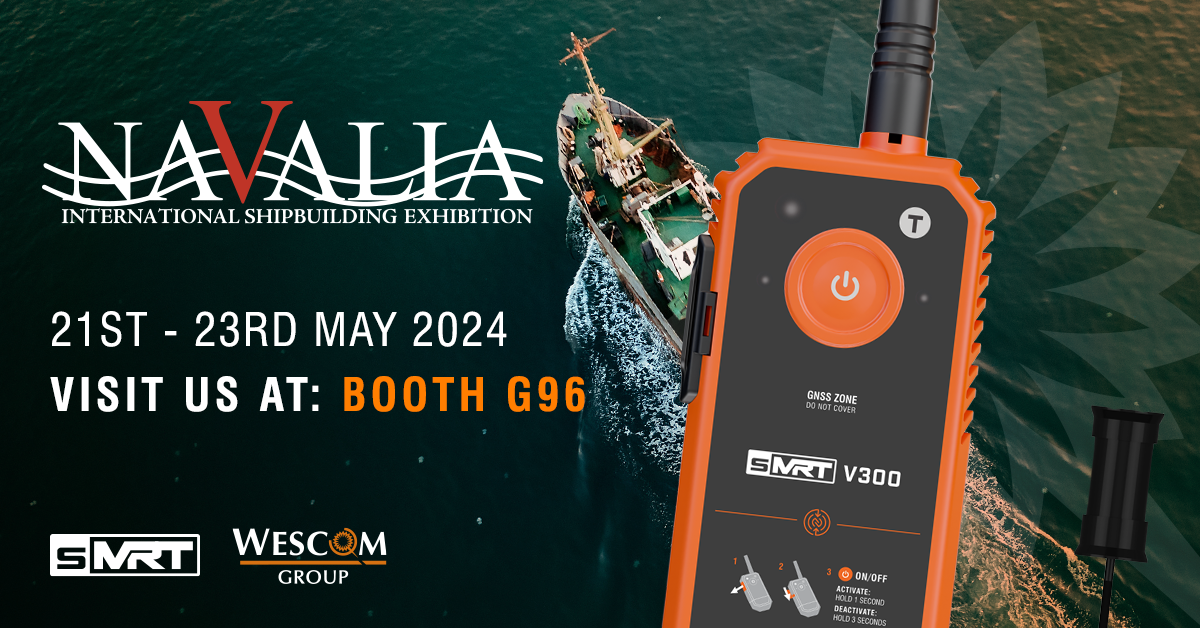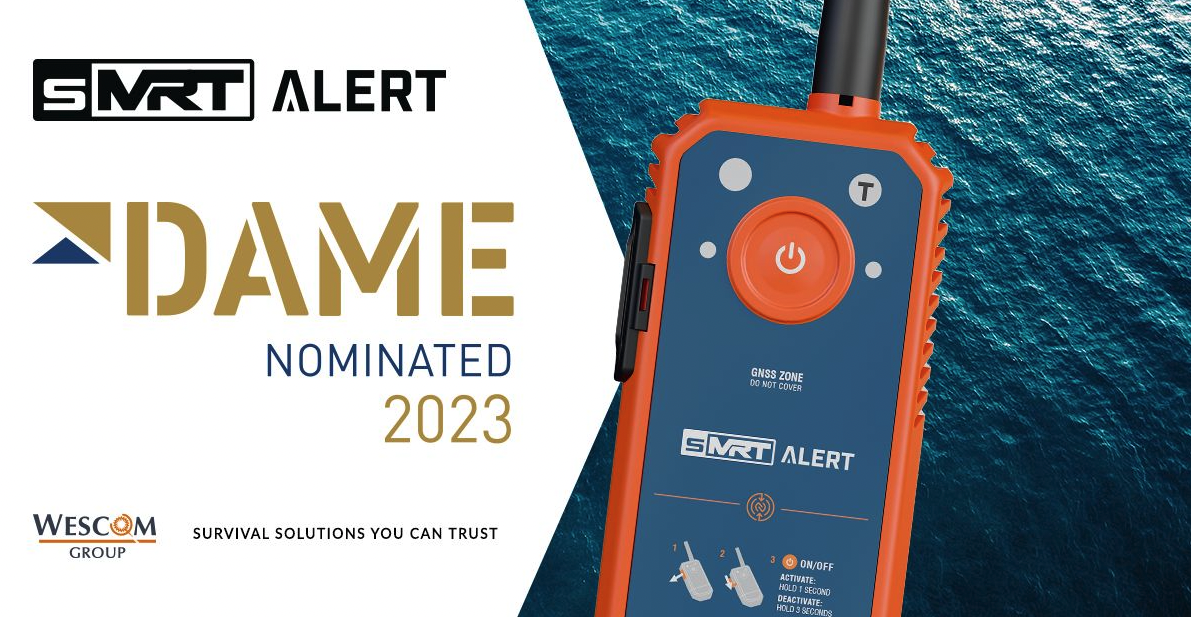
WHAT IS THE NEW MCA REGULATION?
With respect to EPIRB (Emergency Position-Indicating Radio Beacon) and/or PLBs (Personal Locator Beacons) with built-in GPS receivers capable of transmitting the position to a satellite:
• All vessels of 10m (L) and over will require an EPIRBS (though vessels operated single-handed may replace the EPIRBS with a PLB); or
• All vessels of less than 10m (L) will require an EPIRBS or PLB for all crew members
WHEN DOES THIS COME INTO EFFECT?
All existing vessels have until 23 October 2019 to comply, new vessels must comply immediately.
WHAT DEVICE IS BEST FOR YOU?
That depends entirely on your situation, a 406MHz PLB or EPIRB may be best suited to a lone worker or vessel, as it will transmit it’s location to emergency services via global satellite systems.
However, with the 406MHz technology there is a significant time delay in verifying the distress alert to SAR teams initiating a rescue mission.
If you are working on a multi-handed vessel and are unfortunate enough to be involved in an MOB incident, your best chance of survival and quickest route to extraction is to alert the vessel you have fallen off, as well as all other vessels in the vicinity.
An automatic, water activated PLB that works on local-area alerting technologies such as AIS and VHF DSC will mean that any vessel with an AIS chart plotter and a VHF Radio becomes a potential rescue asset.
WHAT DO WE RECOMMEND?
If you will be working on a multi-handed vessel we recommend having an EPIRB on board, then each crewmember to wear a sMRT V100 PLB.
The sMRT V100 will activate automatically on immersion in water - transmitting a distress alert and it’s GPS coordinates via both AIS and VHF DSC.
Water activation means no assistance from the wearer is required to activate the PLB should they enter the water unconscious or suffer from cold-water shock.
The slim, lightweight PLB can be fitted to most life jackets to give you a complete MOB solution and comes with a 5-year battery life.





